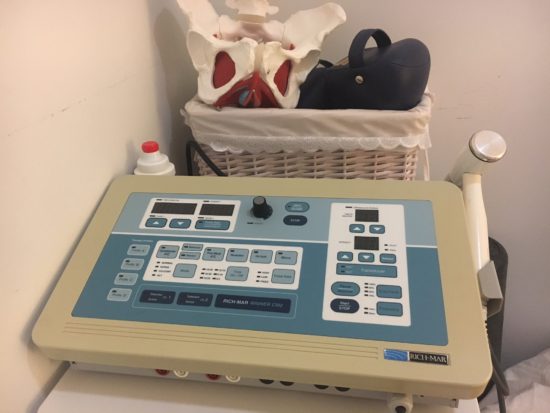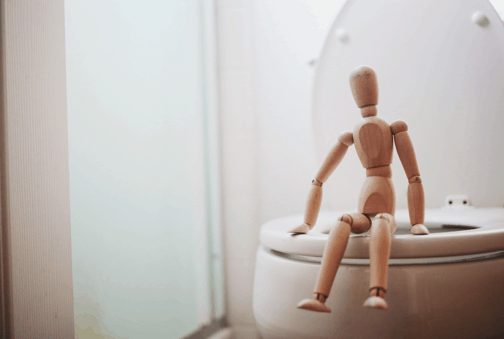Stress Urinary Incontinence and the Pressure System

Some may argue that the occasional leakage of drops of urine during moments of coughing, sneezing, laughing, jumping, or running is a natural consequence of childbirth or menopause. This common occurrence is known as stress urinary incontinence (SUI), where urine is involuntarily lost during activities that momentarily increase intra-abdominal pressure (IAP). While SUI affects a significant percentage of adult women, estimated to be between 4 and 35%1, it is essential to understand that it should not be resigned to being just a part of life. Women should not have to adjust their daily activities or compromise their lifestyle due to this inconvenient issue. However, there is good news—there are effective solutions available to overcome it.
The Pelvic Floor Connection
Understanding how the bladder and pelvic floor muscles function together to ensure continence is a crucial first step. During regular urination, when the body is ready to empty the bladder, neurological signals are sent from the brain to the detrusor muscle (smooth muscle surrounding the bladder) instructing it to contract. Simultaneously, the pelvic floor muscles must relax to allow the passive flow of urine. Any disruption to this neurological feedback loop, such as hovering above the toilet seat or attempting to stop the flow of urine can cause problems down the road and make emptying the bladder more challenging.
Why is Intra-Abdominal Pressure important?
An important part of the equation is intra-abdominal pressure (IAP), which plays a significant role during our daily activities. IAP refers to the pressure contained within the abdominal wall. This pressure system is often referred to as a canister. To visualise this, imagine the abdomen as a can of Coca Cola: the top part of the can represents the breathing diaphragm, moving up and down with the breath. The sides embody the deep abdominal and spinal muscles. The bottom illustrates the pelvic floor muscles. The pressure contained within the canister varies depending on the body’s position and movement. Factors such as the mobility of the ribcage and diaphragm, the tension generated by the abdominal and spinal muscles as well as the pelvic floor muscles’ ability to contract and relax all influence the body’s ability to regulate the pressure within this canister.
How Do The Pelvic Floor Muscles Help Continence?
During daily activities, the pelvic floor muscles should have sufficient tone to counteract the increases in IAP and should be contracting reflexively during peak pressure increases such as during coughing, sneezing, laughing, jumping and running to avoid leaking urine. A study conducted in 2006 examined the variances in IAP produced by different activities and found that the activities that produced the most significant increases in IAP were lifting 35kg from the floor and forceful coughing while standing.2 This explains why some individuals may experience leakage during workouts or strenuous physical exertion.
Do Kegels Work?
Some may be wondering, in that case, do Kegels fix the problem? Well, not exactly. In some individuals, the pelvic floor muscles may have tightened over time due protective mechanisms and doing Kegels could cause further tightening of the muscles. For these people, practicing pelvic floor relaxation techniques and mindful breathing will be essential before addressing any pelvic floor weakness and coordination issues. It is crucial to consult a specialist who can perform an assessment of the pelvic floor muscles before starting Kegels.
The Role of a Pelvic Health Physical Therapist
Pelvic floor physical therapists are trained professionals equipped to evaluate and treat pelvic floor dysfunction and urinary incontinence symptoms. They possess the expertise required to examine the entire abdominal region and can help you optimize your performance during your favorite activities and hobbies.
Body Harmony Physical Therapy provides one on one treatment with trained professionals to assess and manage all types of urinary incontinence. Call 212-233-9494 or email frontdesk@bodyharmonypt.com for more information or to make an appointment.
So, the next time you catch yourself involuntarily crossing your legs in anticipation of a sneeze or resorting to wearing a sanitary pad during your daily runs, let it serve as a reminder—a gentle nudge from your body that this inconvenience is not a permanent sentence. Instead, it is a message from your body that there exists an opportunity for optimization within your internal pressure system.
References:
- Luber KM. The definition, prevalence, and risk factors for stress urinary incontinence. Rev Urol. 2004;6 Suppl 3(Suppl 3):S3-9. PMID: 16985863; PMCID: PMC1472862.
- Weir LF, et al. Postoperative activity restrictions. Any evidence?. Obstet Gynecol. February 2006;107:305-9.







